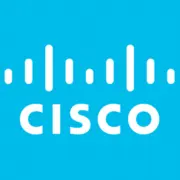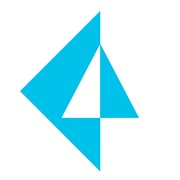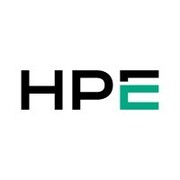
Best Secure Access Service Edge (SASE) Platforms 2025
What is Secure Access Service Edge (SASE) Software?Secure access service edge software, often referred to as SASE, is a cybersecurity offering that encompasses enterprises’ security across all edges. In doing so, SASE platforms are unifying networking, via an SD-WAN foundation, with a range of security features placed as close to the end-user as possible without existing on the end-user’s device. SASE platforms are designed for global organizations and enterprises.There are some core ...
We’ve collected videos, features, and capabilities below. Take me there.
All Products
Learn More about Secure Access Service Edge (SASE) Software
What is Secure Access Service Edge (SASE) Software?
Secure access service edge software, often referred to as SASE, is a cybersecurity offering that encompasses enterprises’ security across all edges. In doing so, SASE platforms are unifying networking, via an SD-WAN foundation, with a range of security features placed as close to the end-user as possible without existing on the end-user’s device. SASE platforms are designed for global organizations and enterprises.
There are some core differences between SASE offerings and traditional enterprise security tools. For instance, SASE should:
Have a cloud-native architecture, in contrast with on-premise or virtual machine-based technology
Be globally distributed, in order to place the security measures as close to the end-user’s access point as possible
Be entity-focused, rather than perimeter-focused. This is a conceptual approach to securing an organization’s edges that better adapts to mobile-first and IoT environments that are becoming commonplace.
- Be a unified, single-pass platform, rather than a collection of point solutions or acquired products merged into a SASE-esque offering. A singular architecture is crucial to maintaining network performance without sacrificing security.
SASE Capabilities
SASE is based on 2 core areas-- networking and edge security. Networking is managed via an SD-WAN capability, which can be native to the SASE platform or integrated as a 3rd-party offering.
On top of this SD-WAN functionality, SASE products provide a range of security features placed globally. SASE products should include most or all of these core security functions:
Next-Generation Firewall as a Service
Zero Trust policies for protection against external and internal threats
Secure web gateways
Cloud access security broker
Data Loss Prevention and data protection policies
SASE Platform Comparison
As a still-developing market, comparing existing or emerging SASE products may be challenging. Consider these factors when comparing products:
Architecture: How each vendor structures its SASE offering matters. Cloud-native, single-pass infrastructure provides crucial performance benefits compared to VM or on-premise products hosted in the cloud.
Networking vs. security legacy: most SASE providers have origins in either networking or security products. Their legacy and prior experience in each space can signal the depth and robustness of their features in each aspect of SASE. There are some vendors that have specialized in SASE offerings, these are still a minority.
Global distribution: SASE offerings should be globally distributed, but buyers should focus on the distribution of datacenters and access points where their end-users are. How well does each vendor cover the areas where your edges are actually found?
Pricing Information
Pricing and licensing models are likely to change over time as the SASE market matures. SD-WAN-centric platforms may trend more towards pricing per bandwidth amount, while security-centric vendors are more likely to adopt pricing per entity, or location, per month.






















